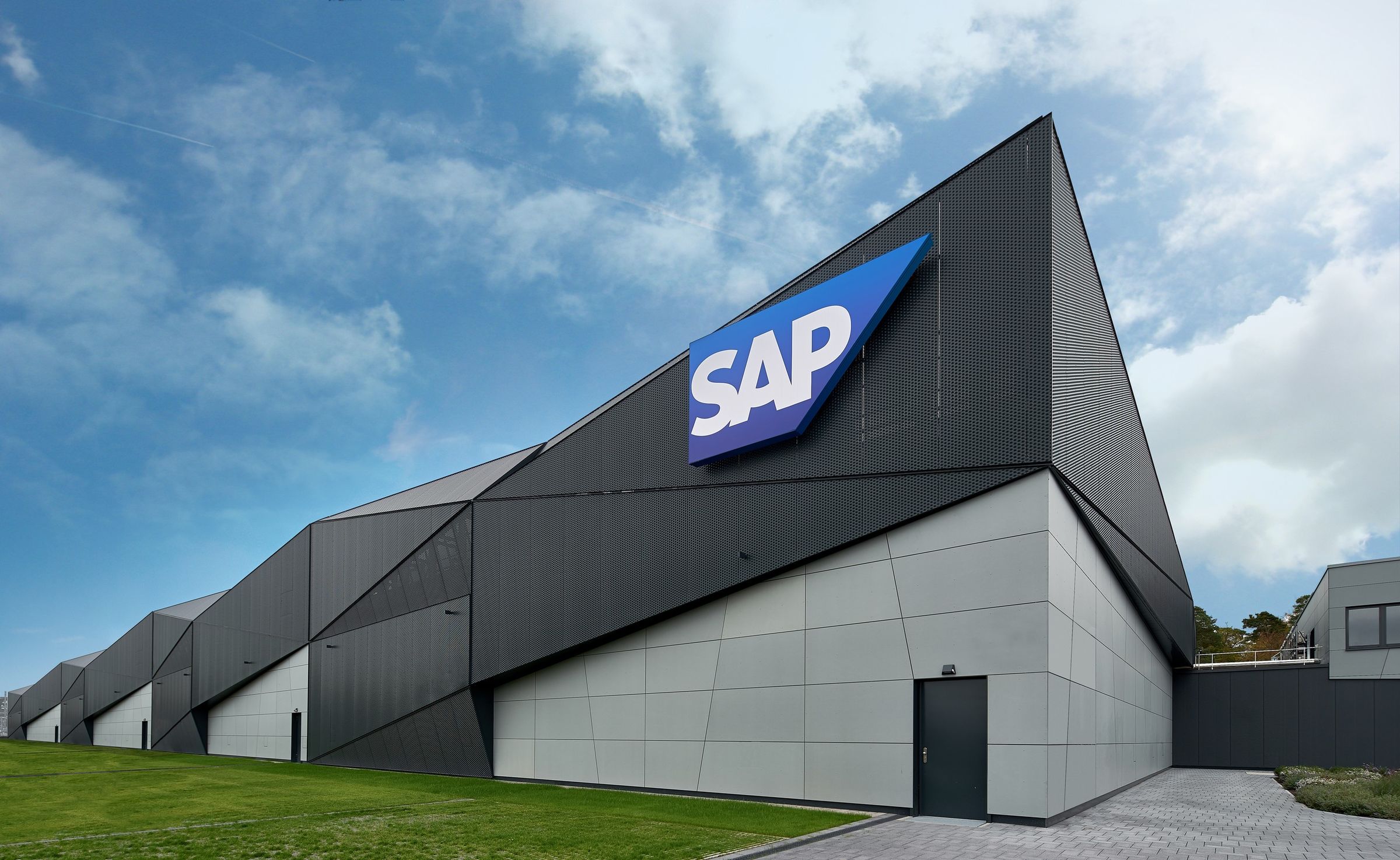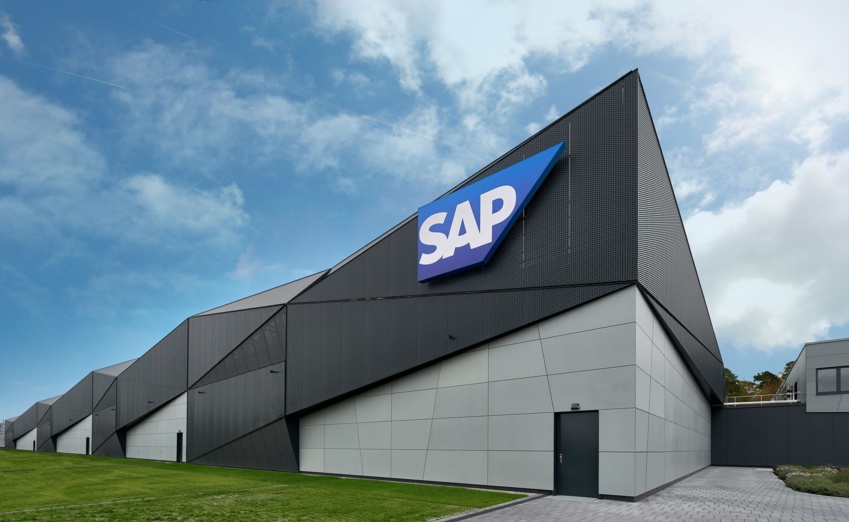Green hydrogen is now regarded as a critical technology in the transition to renewable energy and the transition to a global net zero economy as a means of storing and transporting renewable energy.
When SAP CEO Christian Klein joined the CEO Alliance Action Tank, one of the key work streams was to accelerate the replacement of traditional fuels with renewable alternatives such as green hydrogen. With customers at every stage of the value chain, SAP found itself in a unique position to lead the digital transformation.
There are numerous challenges to implementing such a massive change in the energy sector, but tracking green hydrogen is one that requires a unique and digital response. Differentiating it from other color grades — such as blue, grey, and pink, which represent production methods that emit CO2e or use nuclear power or fossil fuels — is critical to the success of green hydrogen decarbonization.
GreenToken by SAP, a one-of-a-kind digital software solution based on a blockchain approach, addresses the need to track green hydrogen. GreenToken, which is designed to track commodity origin and mass balance quantities, provides complete transparency of the source, such as solar, wind, or water, as well as the way it is produced and its journey, such as pipeline, tanker, or conversion into green ammonia for transportation.
A large number of governments are developing their own green hydrogen certification programs. Blockchain is a highly reliable technology for accounting for the various production and delivery methods because it can provide holistic transparency on the origin of green hydrogen and the methods used for its production and transportation.
GreenToken's technology operates at every stage of the value chain. Because the tokens that prove the energy from hydrogen used to produce the steel came from renewable sources, a car manufacturer, for example, can have complete confidence in the green steel used to manufacture its vehicles.
Blockchain technology prevents fraud and fosters trust; it makes green hydrogen production auditable and thus certifiable, which is especially important in terms of pricing. Because green hydrogen is currently much more expensive than blue or grey hydrogen, energy buyers investing in the clean energy transition require absolute assurance and justification that their energy purchases are truly renewable.
SAP software can also be used to simulate green hydrogen projects, which can help with decision-making and planning.
Because wind turbines and solar panels rely on the right weather patterns to generate energy, the capacity to produce renewable energy is constantly fluctuating, resulting in price fluctuations. Energy data software is critical in informing green hydrogen producers about capacity fluctuations so that they can manage their electrolyzers accordingly.
Such tools are also required for industrial energy customers in order to manage their energy finance budget.
As an example of a SAP digital simulation project, a railway operator used digital tools to calculate the capacity and filling speed requirements for a proposed hydrogen dual filling station for trucks and trains.
SAP's digital capabilities would also be useful to city planners. SAP can collaborate with planning teams to understand the potential implications of switching the city to green hydrogen as its primary source of energy for heating, lighting, and transportation.
“Implementing the digital tools to enable a successful transition to green hydrogen will not happen overnight,” warns Klaus Schimmer, chief innovation architect at SAP.
The software is available — GreenToken is ready for use — but industry and governments are dragging their feet. Setting certification standards requires collaboration between countries and industries.
We simply do not have the luxury of wasting time. This is not just a job for the energy industry; every large industry is affected and must provide resources to connect the dots. It is undeniable that digitalization can and will enable and accelerate the transition, but the rate at which it is implemented will be critical to its success.
When SAP CEO Christian Klein joined the CEO Alliance Action Tank, one of the key work streams was to accelerate the replacement of traditional fuels with renewable alternatives such as green hydrogen. With customers at every stage of the value chain, SAP found itself in a unique position to lead the digital transformation.
There are numerous challenges to implementing such a massive change in the energy sector, but tracking green hydrogen is one that requires a unique and digital response. Differentiating it from other color grades — such as blue, grey, and pink, which represent production methods that emit CO2e or use nuclear power or fossil fuels — is critical to the success of green hydrogen decarbonization.
GreenToken by SAP, a one-of-a-kind digital software solution based on a blockchain approach, addresses the need to track green hydrogen. GreenToken, which is designed to track commodity origin and mass balance quantities, provides complete transparency of the source, such as solar, wind, or water, as well as the way it is produced and its journey, such as pipeline, tanker, or conversion into green ammonia for transportation.
A large number of governments are developing their own green hydrogen certification programs. Blockchain is a highly reliable technology for accounting for the various production and delivery methods because it can provide holistic transparency on the origin of green hydrogen and the methods used for its production and transportation.
GreenToken's technology operates at every stage of the value chain. Because the tokens that prove the energy from hydrogen used to produce the steel came from renewable sources, a car manufacturer, for example, can have complete confidence in the green steel used to manufacture its vehicles.
Blockchain technology prevents fraud and fosters trust; it makes green hydrogen production auditable and thus certifiable, which is especially important in terms of pricing. Because green hydrogen is currently much more expensive than blue or grey hydrogen, energy buyers investing in the clean energy transition require absolute assurance and justification that their energy purchases are truly renewable.
SAP software can also be used to simulate green hydrogen projects, which can help with decision-making and planning.
Because wind turbines and solar panels rely on the right weather patterns to generate energy, the capacity to produce renewable energy is constantly fluctuating, resulting in price fluctuations. Energy data software is critical in informing green hydrogen producers about capacity fluctuations so that they can manage their electrolyzers accordingly.
Such tools are also required for industrial energy customers in order to manage their energy finance budget.
As an example of a SAP digital simulation project, a railway operator used digital tools to calculate the capacity and filling speed requirements for a proposed hydrogen dual filling station for trucks and trains.
SAP's digital capabilities would also be useful to city planners. SAP can collaborate with planning teams to understand the potential implications of switching the city to green hydrogen as its primary source of energy for heating, lighting, and transportation.
“Implementing the digital tools to enable a successful transition to green hydrogen will not happen overnight,” warns Klaus Schimmer, chief innovation architect at SAP.
The software is available — GreenToken is ready for use — but industry and governments are dragging their feet. Setting certification standards requires collaboration between countries and industries.
We simply do not have the luxury of wasting time. This is not just a job for the energy industry; every large industry is affected and must provide resources to connect the dots. It is undeniable that digitalization can and will enable and accelerate the transition, but the rate at which it is implemented will be critical to its success.


 Digitalization can help accelerate transition towards green hydrogen: SAP
Digitalization can help accelerate transition towards green hydrogen: SAP





 Companies
Companies